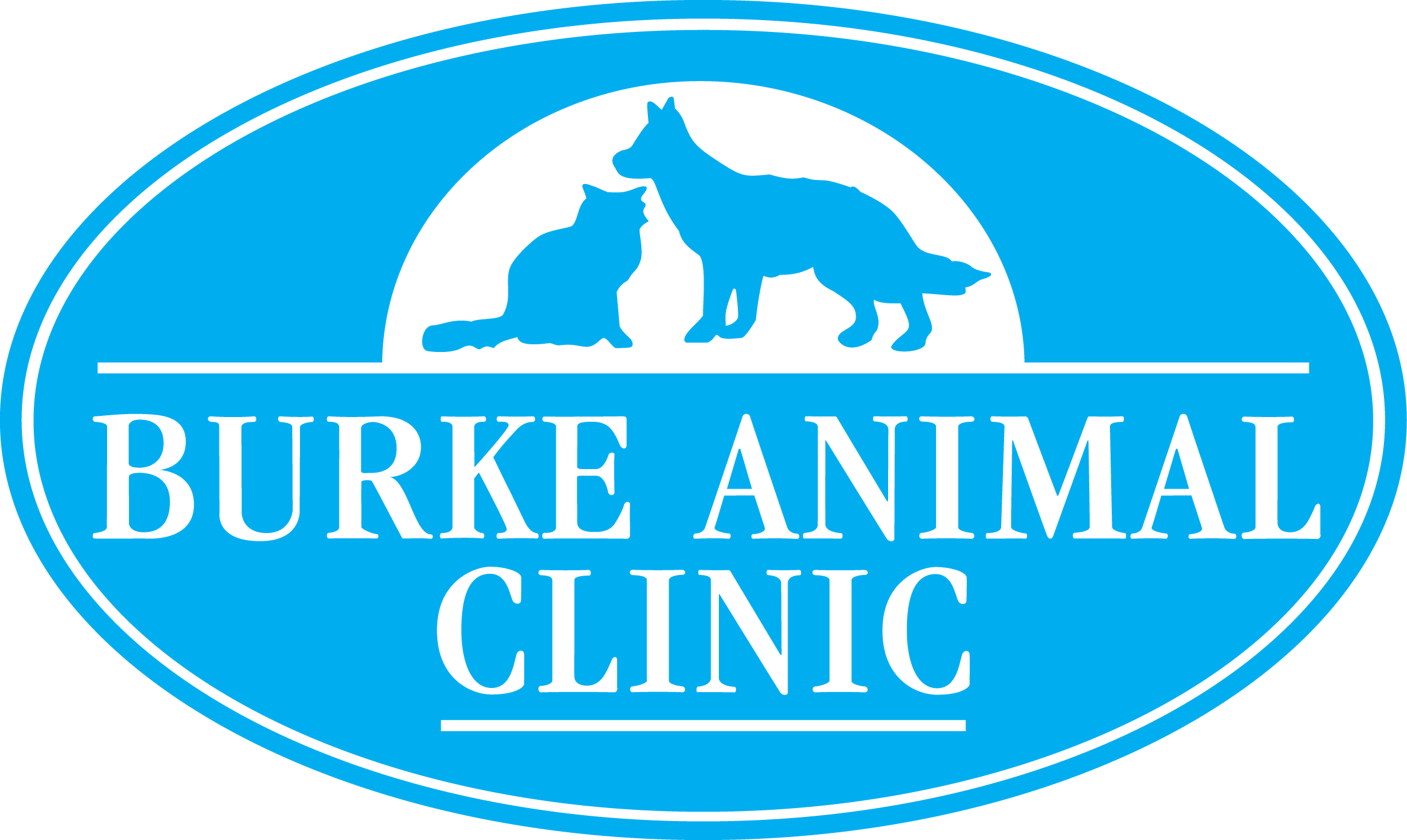Surgery and Other Anesthetic Procedures
Pet Surgery and Other Anesthetic Procedures
From routine surgical procedures, such as spaying and neutering, to more complex surgeries, our skilled and compassionate staff will make every effort to ensure that your pet receives the very best care. Our focus on patient safety, pain management, and employing the most current surgical practices is designed to exceed your expectations and put your concerns to rest. Our staff will monitor your pet before, during, and after surgery and will take exceptional care to ensure a safe and complete recovery for your pet. We will also address any questions or concerns you may have about surgery, including concerns about anesthesia, pain management, or postoperative care.
What are the risks of anesthesia for my pet?
Just as with people, putting an animal under anesthesia carries some risks. Reactions to anesthesia are rare and can range from mild to severe and include a wide variety of symptoms such as swelling at the injection site to more serious outcomes such as anaphylactic shock or death. However, most often the benefits of the procedure outweigh the risks of anesthesia. In all cases, we take great care in minimizing risk for your pet during anesthetic procedures by performing pre-anesthetic exams, recommending pre-anesthetic bloodwork, which is required for pets five and older, and properly monitoring your pet during anesthesia and recovery.
Why should my pet have preanesthetic blood work?
We at Burke Animal Clinic strive to practice the highest standard of medicine, which is why we require preanesthetic testing for all pets over 5 years of age and recommend it for every pet. Preanesthetic testing helps us ensure that your pet is stable for anesthesia. For example, preanesthetic testing can reduce the risk of anesthesia by making sure your pet’s kidney and liver can process anesthesia properly. Even pets that seem healthy or are young may have serious underlying problems with organ function that could increase the risk of surgery. With preanesthetic testing we can determine if we need to postpone surgery or if it is safe to continue with his or her surgical plan. Preanesthetic testing also helps our doctors tailor your pet’s care before, during, and after anesthesia to his or her own needs.
What happens during an anesthetic procedure?
At the start of the procedure we clip and clean an area on your pet for the placement of an intravenous (IV) catheter. This is a port into your pet’s vein that we can use to administer IV fluids or give medications.
Your pet will then receive medication to make him sleepy prior to putting in the IV catheter. A Licensed Veterinary Technician (LVT) then places a tube into your pet’s trachea to administer an oxygen and anesthetic gas mixture to keep him asleep during the procedure. This process is continually monitored by the vet or LVT. In addition to direct visual monitoring of your pet’s color, reflexes, eye position and capillary refill time, we use instruments to help monitor your pet’s heart rate and rhythm, blood pressure, carbon dioxide levels, oxygen saturation levels and temperature. A warm air blanket will be used to help regulate your pet’s temperature while asleep. IV fluids will be given to maintain blood pressure, keeping proper blood flow through your pet’s vital organs.
Recovery
After the procedure, your pet’s recovery is monitored in our hospital by the staff. Warm air is provided to help keep your pet’s body temperature where it should be during recovery. The technician will monitor your pet’s oxygen levels until your pet is able to maintain an appropriate level of oxygen on her own. Our canine patients are walked outside in the middle of the day. Depending on the procedure being done, you may have the option to provide cold laser therapy at the incision site to help reduce inflammation and speed healing.
Going Home
Once the doctor has determined that your pet has recovered fully, your pet is ready to go home. At this time we will review your pet’s postoperative care and medication instructions. If any questions arise after your pet returns home or at any other time during the postoperative period, call us. We welcome your questions and will do all we can to help your pet recover fully.
Preparing for an anesthetic procedure
In preparation for the anesthetic procedure, pets should not eat after 10:00 p.m. the night before or have any breakfast the morning of the procedure. Water may be left out overnight, but should be picked up as soon as you wake up. We want an empty tummy prior to any anesthetic procedure. Hospital admission time is between 7:15 and 7:45 a.m. the morning of the procedure. Reading and filling out our Procedure Consent Form and Financial Agreement may speed up the check-in process. But, please allow 10-15 minutes to check-in so that our staff can make sure the proper paperwork is in order and can answer any questions you may have.
